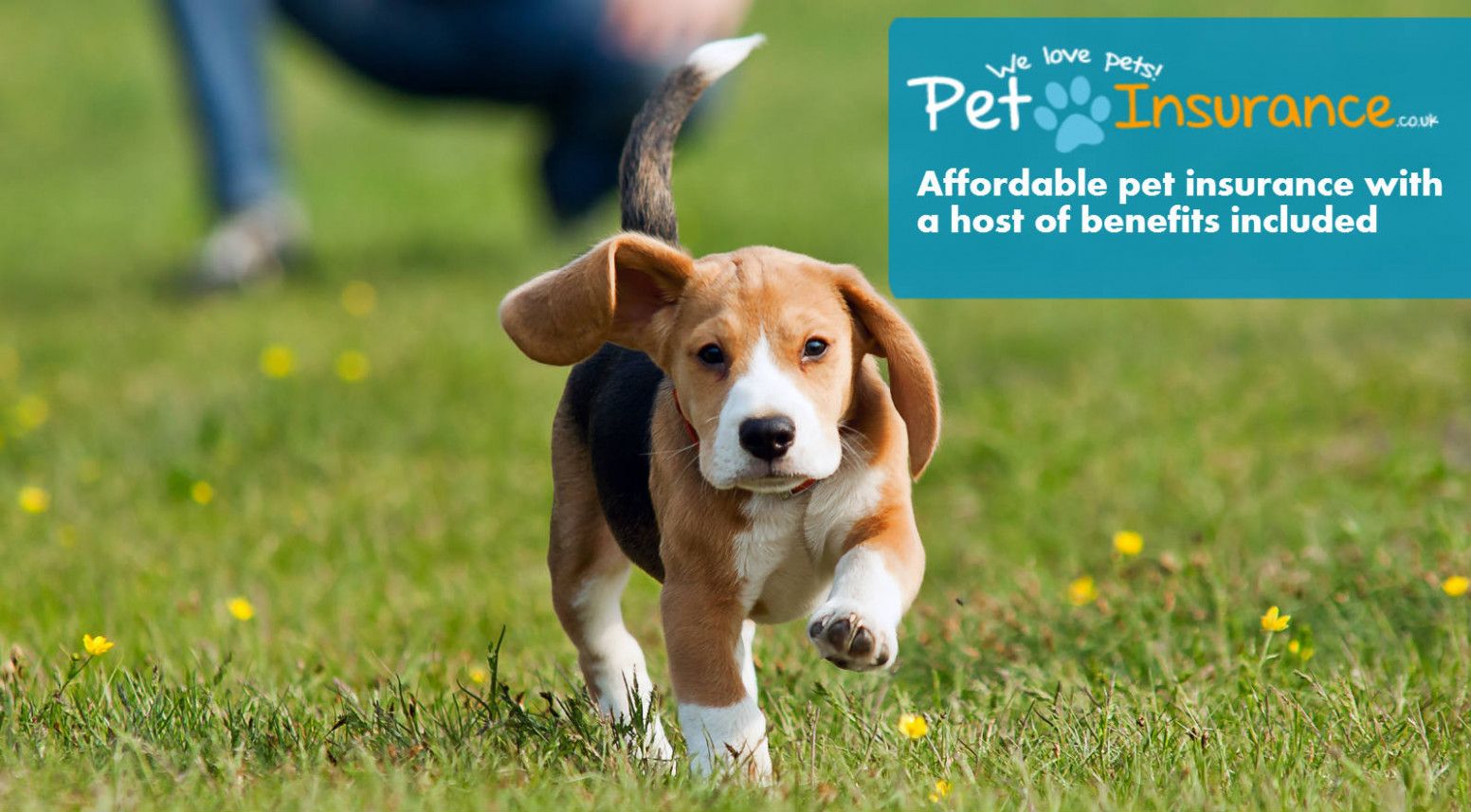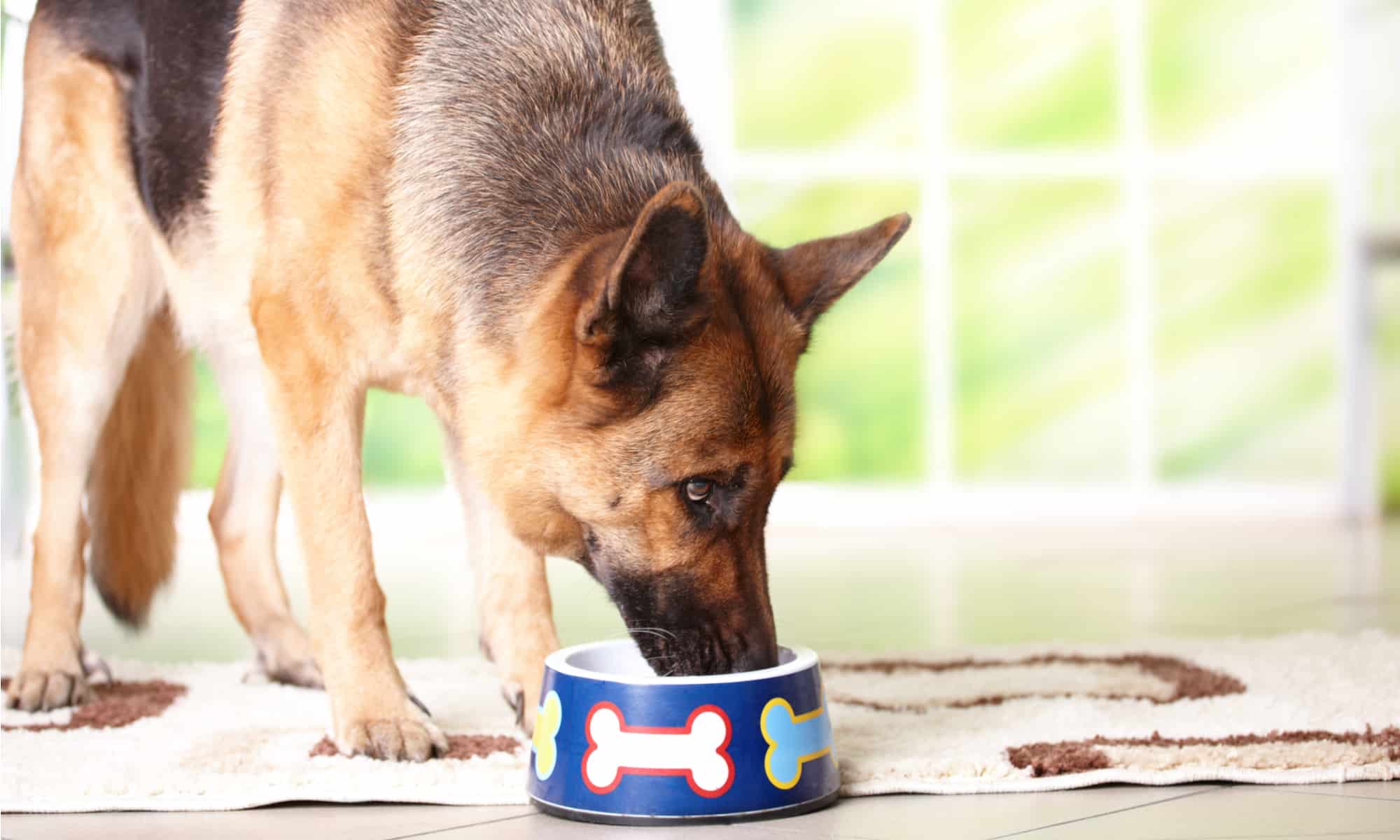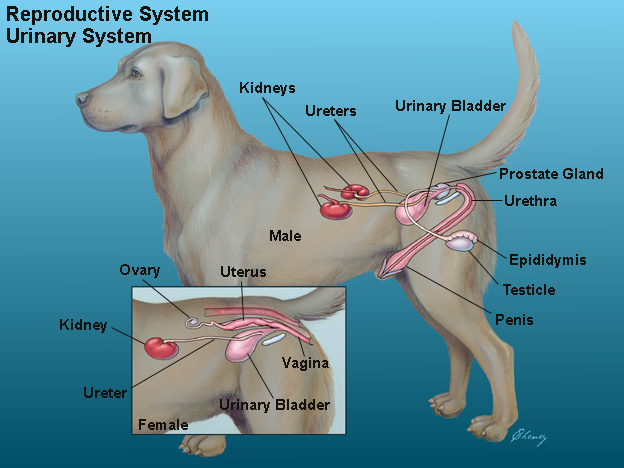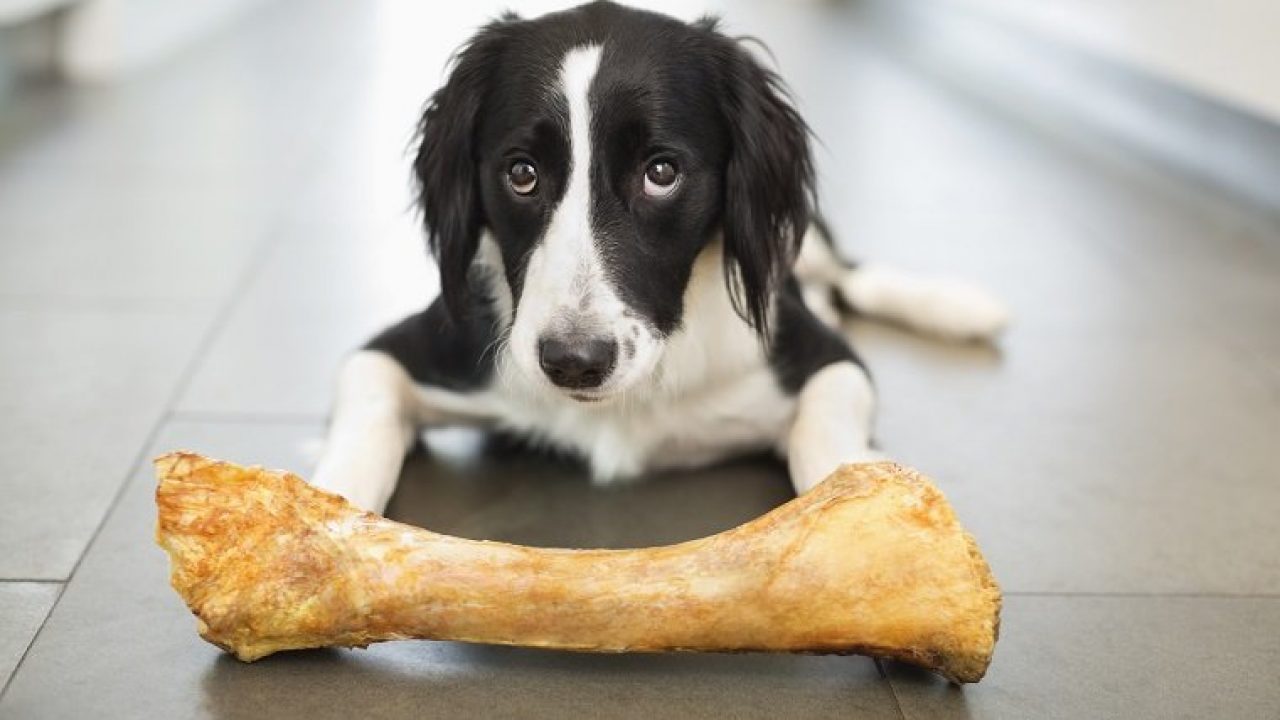Connected Care: How IoT Gadgets are Revolutionizing Animal Health and Safety
The junction of technology and healthcare has altered various industries. And the field of animal health is no exception. With the dawn of Internet of Things (IoT) devices, animal health pharma’s new era has dawned. These interconnected machines offer unprecedented opportunities to enhance veterinary care. Improve animal health outcomes and streamline pharmaceutical processes. This article explores the remarkable impact of IoT devices in animal health pharma. Delving into their applications, benefits, and potential future implications.
Track and diagnose remotely.
With the development of IoT devices, we have seen the emergence of a new era in animal healthcare, which allows remote monitoring and diagnosis of animals. Wearable sensors and connected devices enable veterinarians and pharmaceutical companies. To gather real-time data on animal vital signs, activity levels, and behavior. Continuous monitoring provides valuable insights into. Their health status enables early detection of potential health problems.
Real-time data for timely interventions and treatments
Veterinarians can access proper and up-to-date patient details. Regardless of location, via remote monitoring. An advantage is supplying veterinary care to animals. Living in rustic or tiny areas with little entry to veterinary care. A veterinary expert can diagnose the data piled by IoT devices. Based on the device’s real-time data, educated conclusions about an animal’s health. In real-time, monitoring vital signs such as heart rate. Respiratory rate and body temperature can reveal abnormalities. Or changes when potential health issues are identified at this stage. Veterinarians can intervene and provide fitting treatment. W veterinarians can watch and adjust to ensure personalized care and more valuable results. The remedy plan, as required, is founde on the gain of the animal’s health.
Behaviors and activity levels: insights
Also, IoT devices provide insights into an animal’s behavior and activity levels. Behavior patterns that change, such as decreased activity or abnormal behavior. May state various health conditions. In monitoring these parameters, veterinarians can identify deviations from normal. Behavior and investigate further to determine the underlying cause. Taking a proactive approach to tracking animals’ behavior allows for early. Intervention and preventative measures, thus, contribute to their well-being. It also benefits ill animals and those undergoing post-operative treatment. It is the continuous monitoring offered by IoT devices. Veterinarians can watch the patient’s recovery and progress. Reducing the need for frequent clinic visits. Pet owners can participate in their pet’s care by monitoring the collected data. Minimizing animal stress and providing convenience.
Medication and Treatment with Precision
The Internet of Things revolutionizes animal healthcare by enabling precision medication and treatment. As well as genetic information, physiological parameters, and environmental factors. These devices collect and analyze extensive data for each animal. Utilizing this wealth of information, we can develop. Treatment plans are tailored to each animal’s needs. IoT devices enhance the effectiveness of treatment regimens and cut adverse effects. And improve treatment outcomes by personalizing medication regimens. This precision can transform animal healthcare. Approach and enhance the well-being of animals.
Compliance with drug therapy
IoT devices play an essential role in improving medication adherence in animal healthcare. Smart collars and connected pill dispensers ensure that pets get their medication on time with automated reminders and monitoring capabilities. Pet owners or caregivers receive alerts when these devices miss doses. Which tracks medication schedules, dispenses accurate amounts, and dispenses medication according to plan. Treatments that use the Internet of Things are more effective and reduce the risk of treatment failure. Consequently, animals will have better health outcomes.
Managing the supply chain
With IoT devices, animal health pharma is revolutionizing supply chain management by monitoring product integrity in real-time, controlling temperature, and detecting dates. Pharmaceutical companies can ensure medication quality and safety and reduce waste. And optimize inventory management by integrating sensors and connectivity. Packaging, storage, and transportation systems. Technology-driven approaches lead to cost savings, improved efficiency, and streamlined operations. Throughout the supply chain, it benefits animal healthcare providers and patients.
Insights and research driven by data
IoT devices generate a wealth of data for animal health pharma, with transformative implications for research and development. By operating data analytics and artificial intelligence, pharmaceutical companies can gain valuable. Insights into disease patterns, treatment products, and emerging health trends. Through such a data-driven method, we can make evidence-based conclusions. Design creative treatments and revise study steps to enhance animal fitness. It can improve animals’ well-being by harnessing data’s power in animal health pharma.
Factors to consider and challenges
Several challenges must be addressed for pharma companies to tool IoT devices.
Data security and privacy are among the primary concerns. Safeguarding sensitive animal health data collected and transmitted by IoT devices is imperative.
Encryption protocols are required for animal health data to be secure and protected. And secure data storage systems must be implemented. Also, regulations and guidelines should be established about ownership, consent, and sharing of animal health data. The interoperability of IoT platforms and devices is another challenge. Data sharing and seamless communication are essential as the IoT ecosystem grows. Interoperability will be enabled through the standardization of protocols and data formats. Monitoring and diagnosing animal health is made more effective by this interoperability. Adopting IoT in animal health pharma requires regulatory compliance. Animal IoT devices must follow. Relevant regulations and guidelines are to be safe, effective, and ethical. Animal health regulatory bodies should establish clear guidelines for development. Manufacturing and using IoT devices. These regulations will promote responsible practices. The industry and build confidence in the technology.
Furthermore, IoT devices should be taught to veterinarians and pharmaceutical professionals. And pet owners about their benefits and limitations. Understanding IoT devices and their potential applications will help stakeholders make informed. Decisions about adopting and utilizing them in animal health pharma. Training programs and educational resources should. Be provided to all parties to leverage IoT for optimal animal care. To overcome these challenges, stakeholders must collaborate and coordinate. IoT issues in animal health pharma must be cooperation between veterinarians. Pharmaceutical companies, technology providers, and regulators. IoT devices can be used by fostering these collaborative efforts. Sharing standards and creating regulatory frameworks.










